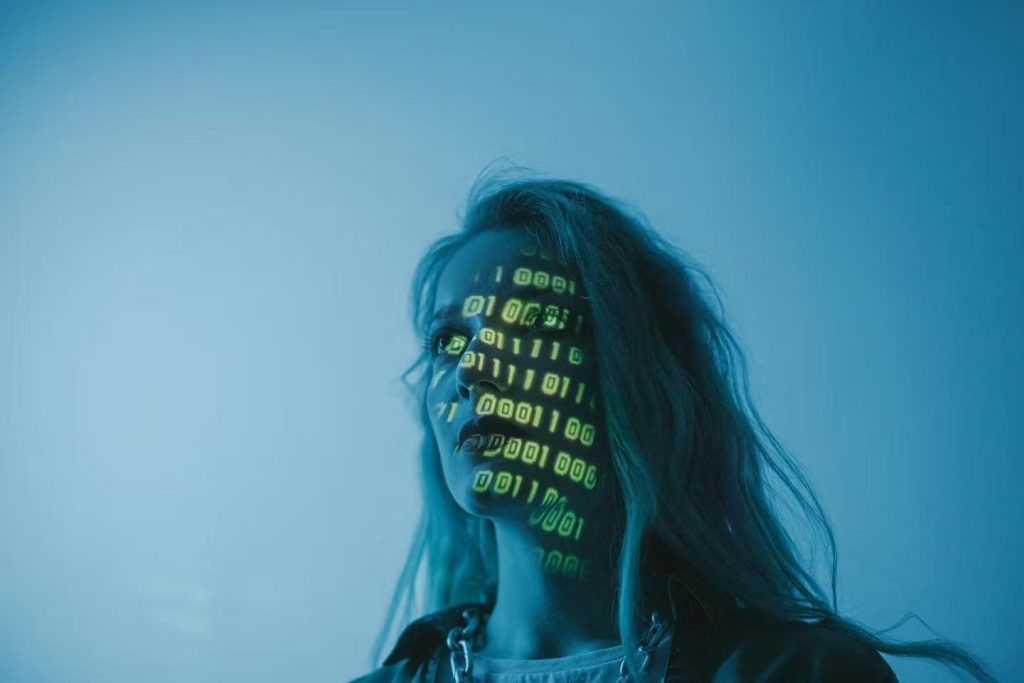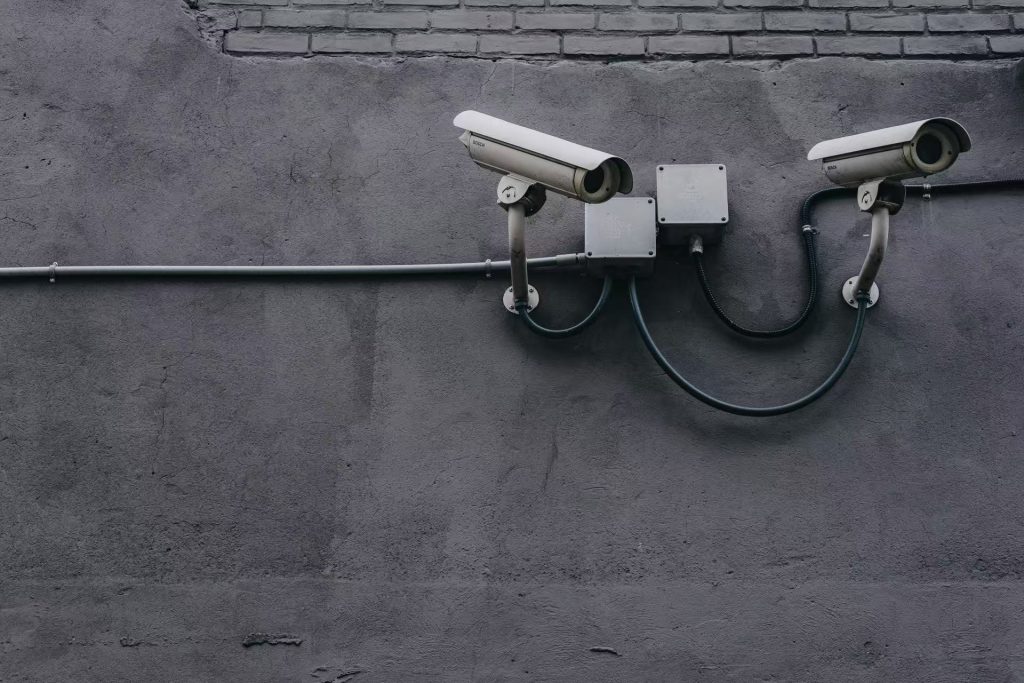
Introduction
In today’s world where information spreads fast and opinions constantly collide, every post on social media easily falls on a blurry line between “free speech” and “online harm.” One person’s self-expression can be seen as another person’s attack. Especially in recent years, we’ve seen this happen again and again: as soon as one public controversy ends, a new one begins. In response, platforms have developed a familiar set of actions—limiting visibility, removing content, muting users, or banning accounts.
Over time, this cycle of “platform control” and “user backlash” repeats again and again. As a result, the question of whether content moderation is reasonable has become one of the most difficult and sensitive problems in platform governance.
People have been discussing this for years. The most common question is: do platforms have the right to remove users’ content? And if they do, should they limit controversial speech? But I think if we only stop at this simple question, we will miss a more important issue behind it.
What we really need to ask is: Who defines what “hate” means? Who has the power to decide what kind of speech is allowed or not? And are platforms doing this to protect public interest, or just to protect their own reputation and profits?
So, the issue is not just whether content should be deleted, but how moderation standards are made, who sets them, how they are used, and how to make sure this power doesn’t become another kind of harm (Roberts, 2019).
This article focuses on a key question: How should the power of content moderation be limited or guided? I will look at this issue from three perspectives: platform operators, ordinary users, and policymakers. I will also compare different national examples, including both Chinese and international cases. Through these cases, I will try to offer some thoughts on how moderation and public responsibility interact—and how this relationship can be improved.

Platform Operators’ Perspective: Power without Boundaries, Rules without Clarity
Among all the actors involved, platforms hold the most control, and face the most criticism. They make the rules. They also have the technical power to enforce them. In theory, they are supposed to manage content to stop hate speech, harassment, scams, and so on. But in reality, the way they manage content is often very unclear. One reason is that national regulations are vague. Another reason is that platforms themselves often leave “gray zones” on purpose, so they can move more flexibly between responsibility and control (Flew, 2021).
Take Weibo as an example. Its moderation system uses both algorithms and human staff to screen sensitive keywords and user content (Qiang, 2019). But the standards behind this system are not open to the public. Users only realize they are being moderated after their post gets hidden, their comments are closed, or their account is restricted. Even then, they receive no clear reason or appeal process.Officially, the platform says this is to “create a healthy online environment.” But users don’t know: is it really about protecting the public, or is it just about protecting the platform’s own image and interests?
In some public controversies, moderation happens quickly and harshly. For example, when a public figure was attacked online because of an old photo taken during a past trip abroad, the platform banned related keywords and shut down their account within hours. Even though later evidence showed the accusations were likely based on false information. Some reports even showed that related Wikipedia pages were edited right before the online attacks happened, which may have shaped how people viewed the event.
This kind of case shows how moderation can easily turn into a closed loop: labeling, banning, no chance to clarify. Once it starts, it’s hard to reverse. And when there’s no open system to explain or appeal, moderation can cause long-term damage that users cannot fix.
During the early COVID-19, many teachers in China had to give online classes. But when they mentioned normal academic terms in political, medical, or historical lessons, their livestreams were sometimes shut down—just because of keywords the platform flagged as “sensitive.” Similarly, on fiction websites like Jinjiang, strict keyword filtering often turns harmless words into blank boxes in readers’ screens. This not only breaks the meaning of the text, but also causes confusion or misunderstanding.
From a resource perspective, platforms often focus more on “high-risk” content: posts involving celebrities, politics, or trending news. But when ordinary users face abuse or rumors, platforms often say, “no clear violation found,” and take no action.
In short, platforms act in two ways at the same time: They want to show they are tough on harmful content, but they also want to control the rules themselves, so they can adjust based on the political and business risks they face. This creates a governance model where power is centralized, but responsibility is vague. It lowers transparency and makes users lose trust.
So when we talk about moderation boundaries, we have to face the platform’s true role: It’s not a neutral tool, or a builder of public space. It’s a player in the game, balancing market needs, policy pressure, and user reactions. And very often, it keeps things unclear on purpose, so it can protect its own space when conflicts happen.
Ordinary Users’ Perspective: Unequal Expression and the Pressure to Self-Censor
Unlike platforms, ordinary users do not control the rules. But that doesn’t mean they are completely passive. In fact, they are both managed by moderation systems, and also shape them in return—sometimes without realizing it. When moderation standards are unclear, users live under uncertainty. They don’t know which words are “wrong,” or when they will be punished.
So over time, many users develop self-protection strategies. They avoid direct words and use “coded language.” For example:
• Using pinyin initials or nicknames to replace names of people, schools, or institutions (like “ZY,” or calling Tsinghua University “Wudaokou Technical College”);
• Adding symbols to break up words (like “去|世” instead of “去世”);
• Using similar-looking characters (like “蕞最效” instead of “最有效” or “K老” instead of “抗老”);
• Replacing sensitive terms with numbers (“8+1” instead of “alcohol”).
These forms of expression are everywhere on Chinese platforms like Weibo, Xiaohongshu, and Douyin. They have created a new language system. Many users joke that reading the comment section is like solving a riddle. Although people are still talking, this kind of “language avoidance” shows the pressure caused by invisible moderation.
On Xiaohongshu, sellers avoid mentioning prices or private contact info directly. They write “私/撕/丝” or “dd” to say “please message me.” Live streamers on Douyin also replace words banned under advertising rules. Instead of “sensitive skin,” they say “敏敏肌”; instead of “anti-aging,” they say “K老”; instead of “most effective,” they say “蕞最效.” Behind these playful edits is a system that controls not just what you say, but how you say it.
In most public discussions, users are seen as the ones being silenced. But users also help shape moderation rules. They report content. They repost content. They judge what is “offensive.” And they sometimes act as unofficial moderators.
In some cases, users treat content deletion as proof that the platform is “covering up the truth.” They spread the deleted content faster, believing they are protecting freedom. Even if the content is false, the anger is real. This becomes a kind of emotional mobilization, driven by a feeling of being censored, not by facts or logic. And platforms, fearing backlash, sometimes delete even more, making the situation worse (Roberts, 2019).
Worse, the reporting system itself is often used as a tool for conflict. People report each other for personal reasons, not public ones. They may try to silence critics, punish opponents, or push moral pressure. Under identity politics or group emotions, small offenses feel huge. The phrase “I feel uncomfortable” becomes enough to get content taken down, even when no actual harm exists.
But users are not all the same. Some support strict moderation. They believe it keeps the platform clean and safe. Others see it as unfair censorship that protects mainstream narratives. These different views cause tension between user groups. So in the end, public debate becomes not just emotional—but divided. That’s why users should not be treated as passive victims. Their ways of speaking, reporting, reacting, and even self-censoring, they are part of how moderation works. If we ignore that, we will never fully understand how online governance operates today.
Policymakers’ Perspective: Unclear Rules, Pushed Responsibility, and the Missing Buffer Zone
Content moderation is never only a technical or platform problem. It is also a governance issue. Policymakers should be the ones who set the boundaries and responsibilities, but in many situations, they don’t give clear answers. On one hand, they use vague terms like “illegal content” or “harmful information” to pressure platforms. On the other hand, they avoid giving detailed rules about what to delete, how to decide, and what to do if people disagree. In this way, platforms become the “final judge,” but they were not designed for this role (Suzor, 2019).
In China, the content governance model usually combines “platform self-discipline + administrative guidance.” Some laws, such as the Cybersecurity Law and the Administrative Measures for Internet Information Services, do mention the responsibilities of platforms. However, these texts are often very general, and do not offer specific standards for what counts as harmful or how moderation should work (National People’s Congress of China, 2016; State Council of China, 2000). At the same time, pressure often comes through informal channels—policy signals, risk alerts, or verbal guidance. So platforms act with caution, blocking content “just in case.” Phrases like “hurting national feelings” or “affecting social stability” are used often, but nobody really knows where the line is.
This makes the platforms take on more risks than they should. They are afraid of doing too little, so they do too much. Users don’t know what is allowed, and platforms also don’t want to be too clear. In the end, everyone is guessing. The whole space becomes filled with avoidance, self-censorship, and silence. Gillespie(2018) describes this situation as one where invisible decisions shape what can or cannot be said.
But not all countries handle this the same way. Some places are trying to build systems that are clearer and more fair. For example, the European Union passed the Digital Services Act (DSA), which requires big platforms to publish their moderation rules, explain deletion decisions, and offer formal appeal systems. It also brings in outside regulators to supervise platform actions. This makes moderation more open, and not just a black box controlled by the company (European Commission, 2022).
In the United States, Section 230 of the Communications Decency Act protects platforms by giving them the right to moderate content without being legally responsible for user posts. This gives them a lot of freedom, but also means the government cannot intervene. So moderation depends completely on the platforms’ own standards, which may lead to inconsistent enforcement (Cornell Law School, n.d.).
Australia has developed a different model by establishing the eSafety Commissioner, an independent agency that works between platforms, users, and the state. This office helps monitor moderation policies, reviews difficult user complaints, and focuses on serious issues like hate speech, cyberbullying, or child protection. Platforms still manage normal content themselves, but in complex cases, they can rely on this public office to help make decisions (eSafety Commissioner, 2023).
From these examples, we can see that content moderation should not be a constant struggle between platforms and users. There should be a middle layer, a buffer zone where decisions can be corrected, appeals can happen, and rules can be adjusted over time. Moderation power will always exist, but we need a structure that can hold it in place and stop it from growing uncontrollably.
In China, the real problem may not be that moderation is too strict. The bigger issue is that there is no public system where people can discuss what the boundaries are, ask questions, or correct mistakes. When everything happens behind closed doors, platforms become more conservative, and users become more confused. The online space becomes quieter, but not necessarily safer.
Conclusion
In the end, content moderation will always involve disagreements. But the real question is not whether something should be deleted, but who decides, how they decide, and whether that process can be questioned. If these decisions stay hidden, set by invisible hands, guided only by vague pressures or expanding “safety” logic, then the danger is not the content itself, but the silent power behind the rules. Moderation can and should exist. But the boundary of what can be said must not be set outside the space of public discussion, accountability, and negotiation.

References
Roberts, S. T. (2019). Behind the screen: Content moderation in the shadows of social media. Yale University Press.
Flew, T. (2021). Regulating platforms. Polity Press.
Qiang, X. (2019). The road to digital unfreedom: President Xi‘s surveillance state. Journal of Democracy, 30(1), 53-67.
Gillespie, T. (2018). Custodians of the Internet: Platforms, content moderation, and the hidden decisions that shape social media. Yale University Press.
Suzor, N. (2019). Lawless: The secret rules that govern our digital lives. Cambridge University Press
National People’s Congress of China. (2016). Cybersecurity Law of the People‘s Republic of China. Retrieved April 13, 2025
State Council of China. (2000). Administrative Measures for Internet Information Services. Retrieved April 13, 2025
Cornell Law School. (n.d.). 47 U.S. Code 230,Protection for private blocking and screening of offensive material. Retrieved April 13, 2025
eSafety Commissioner. (2023). About us. Retrieved April 13, 2025
European Commission. (2022). The Digital Services Act. Retrieved April 13, 2025

Be the first to comment